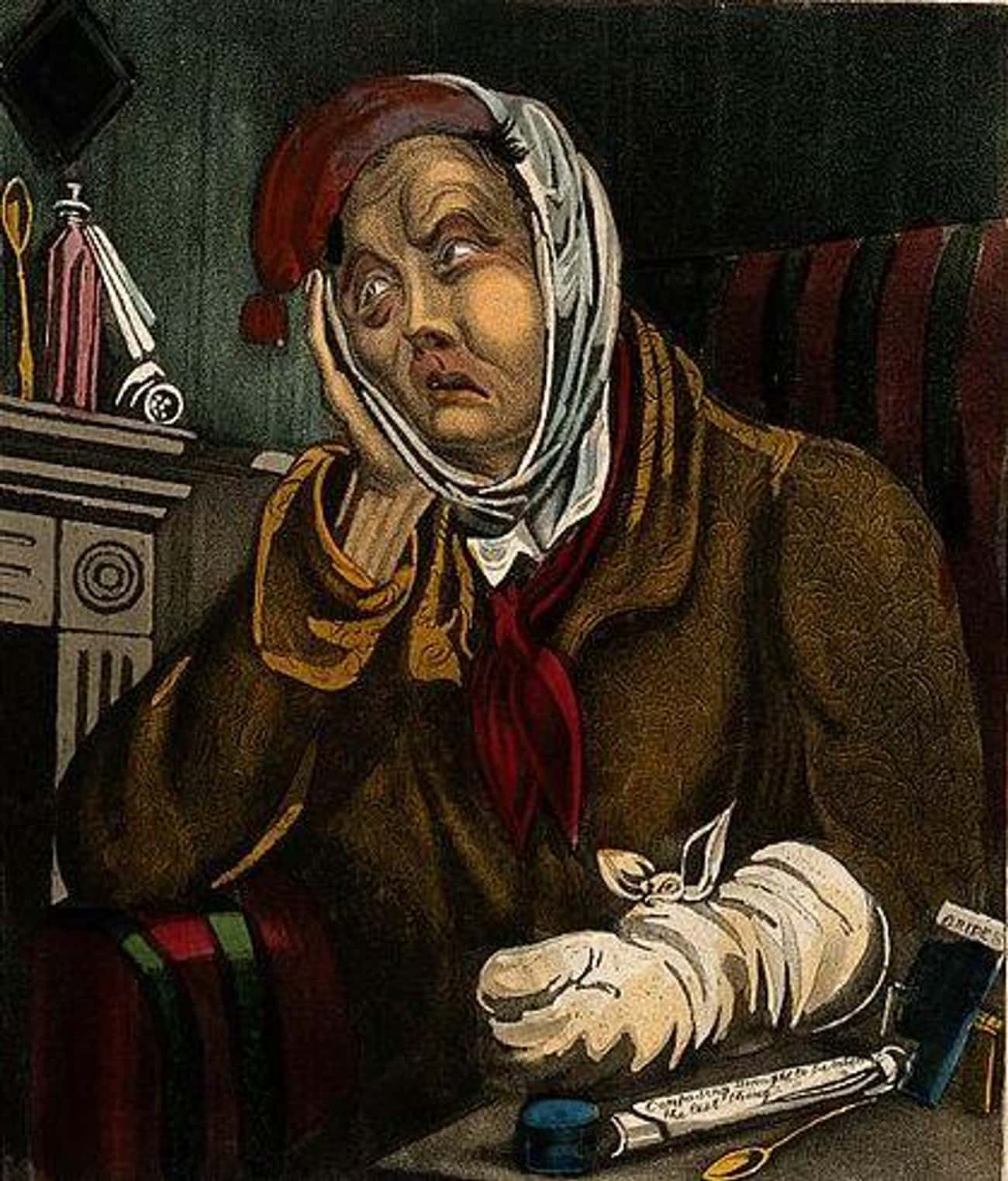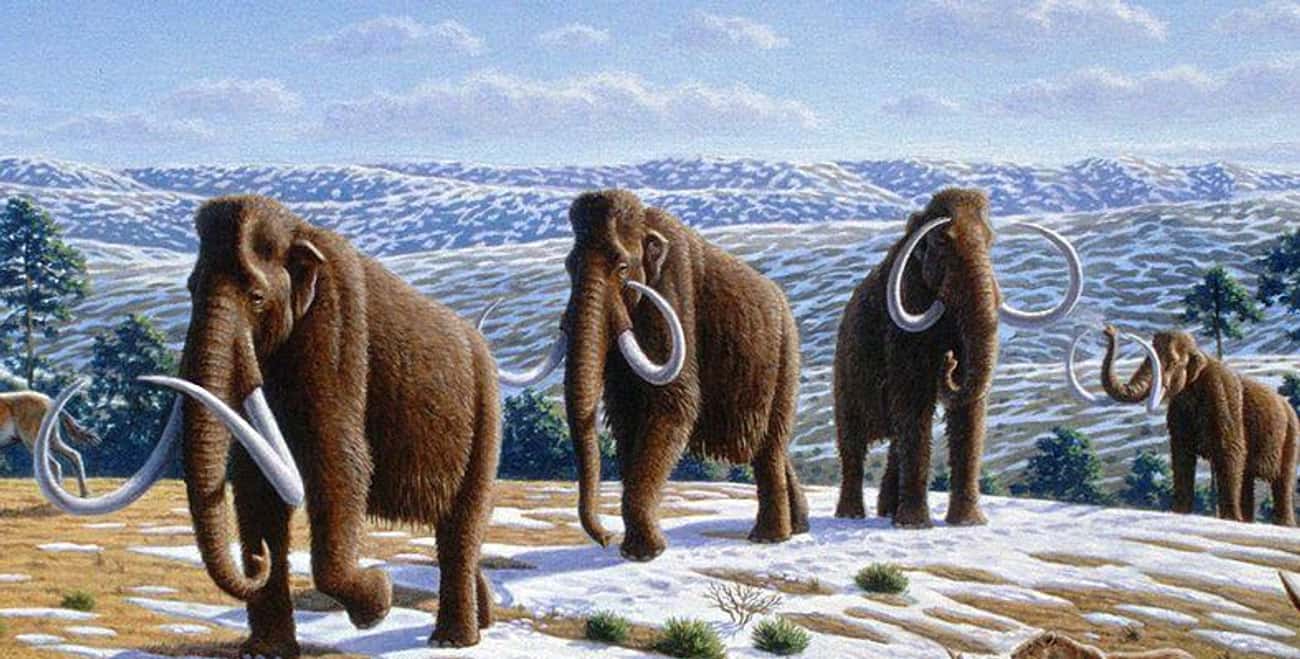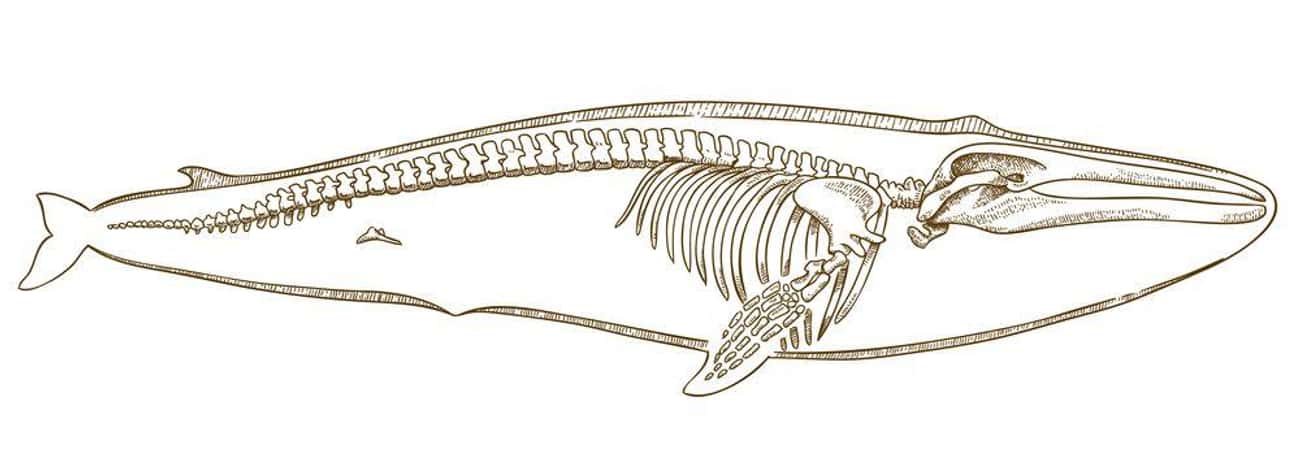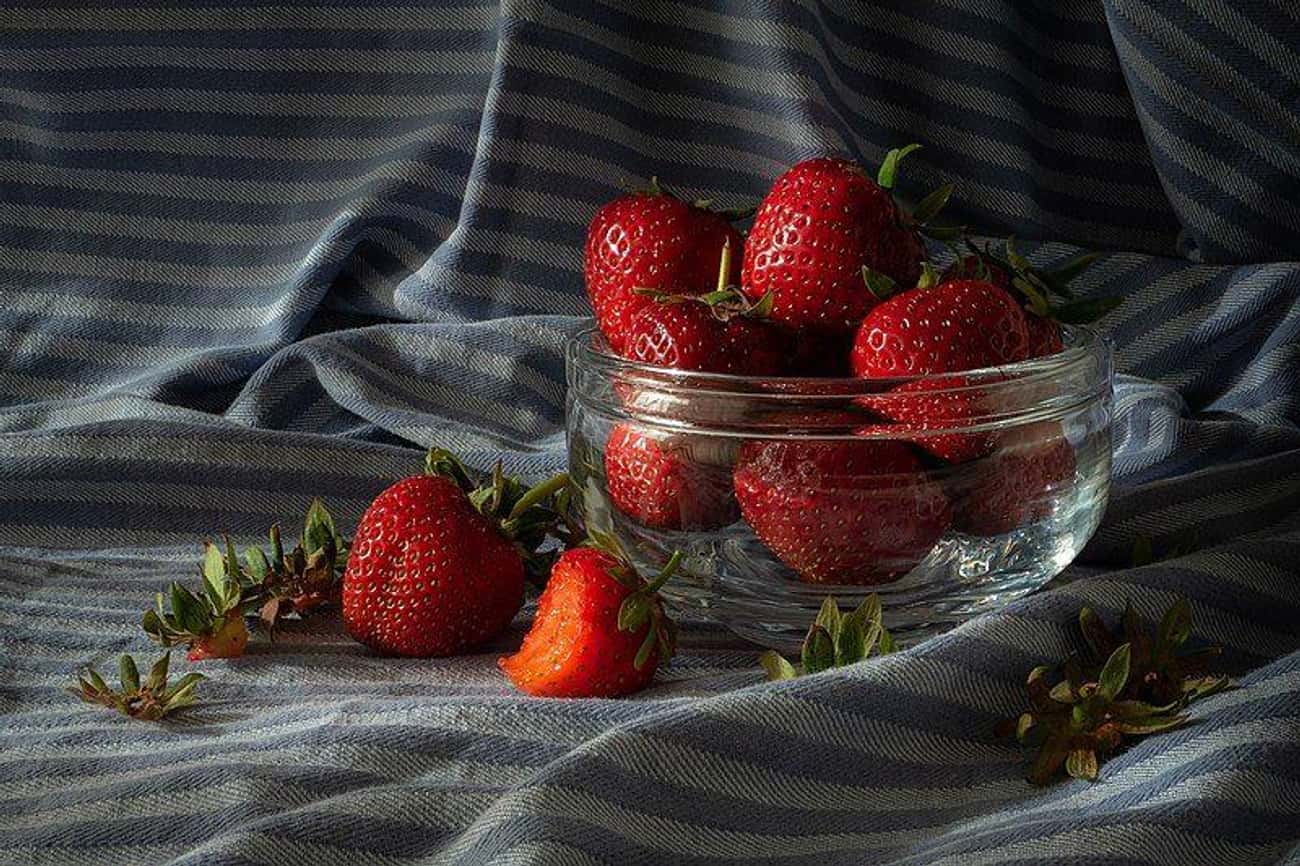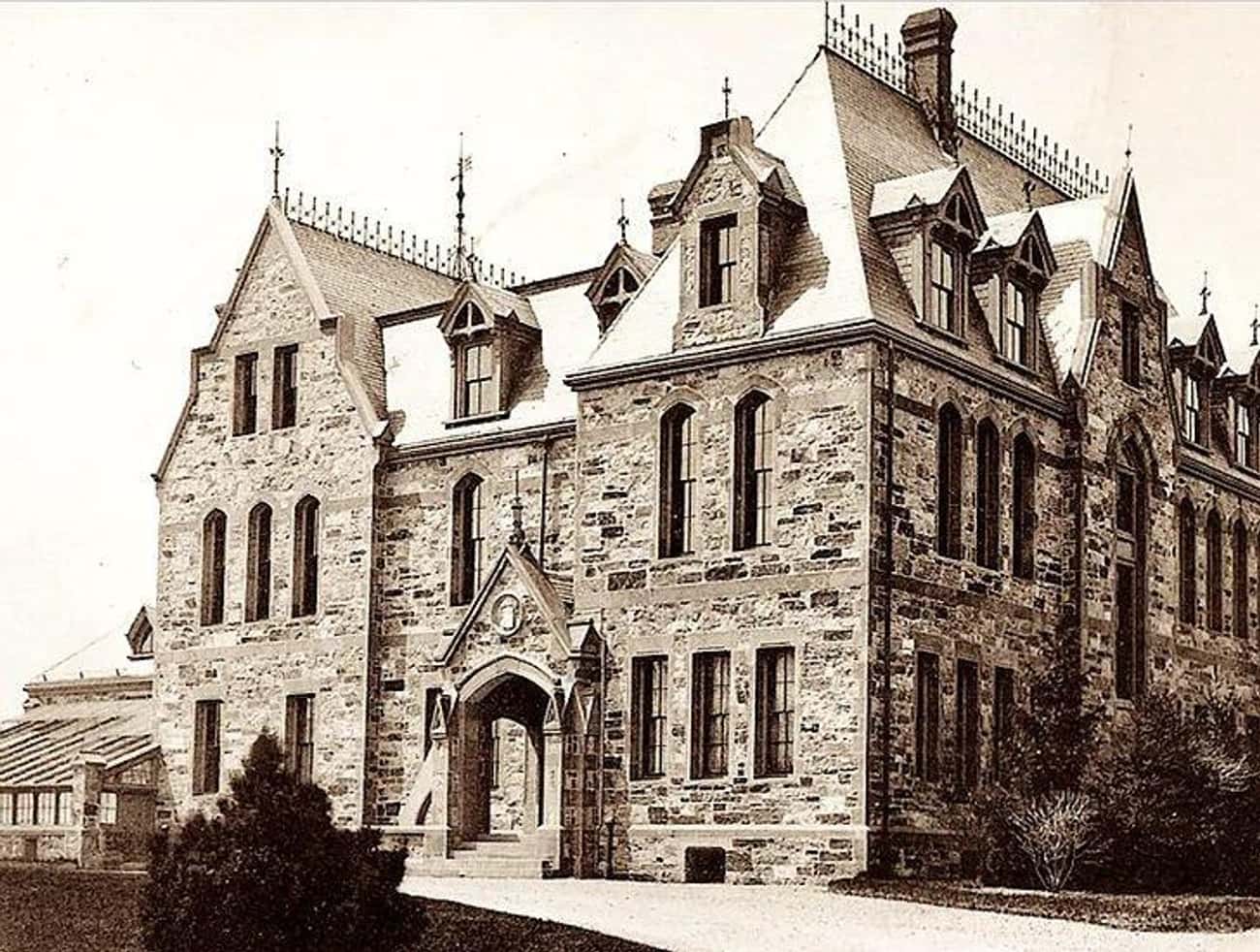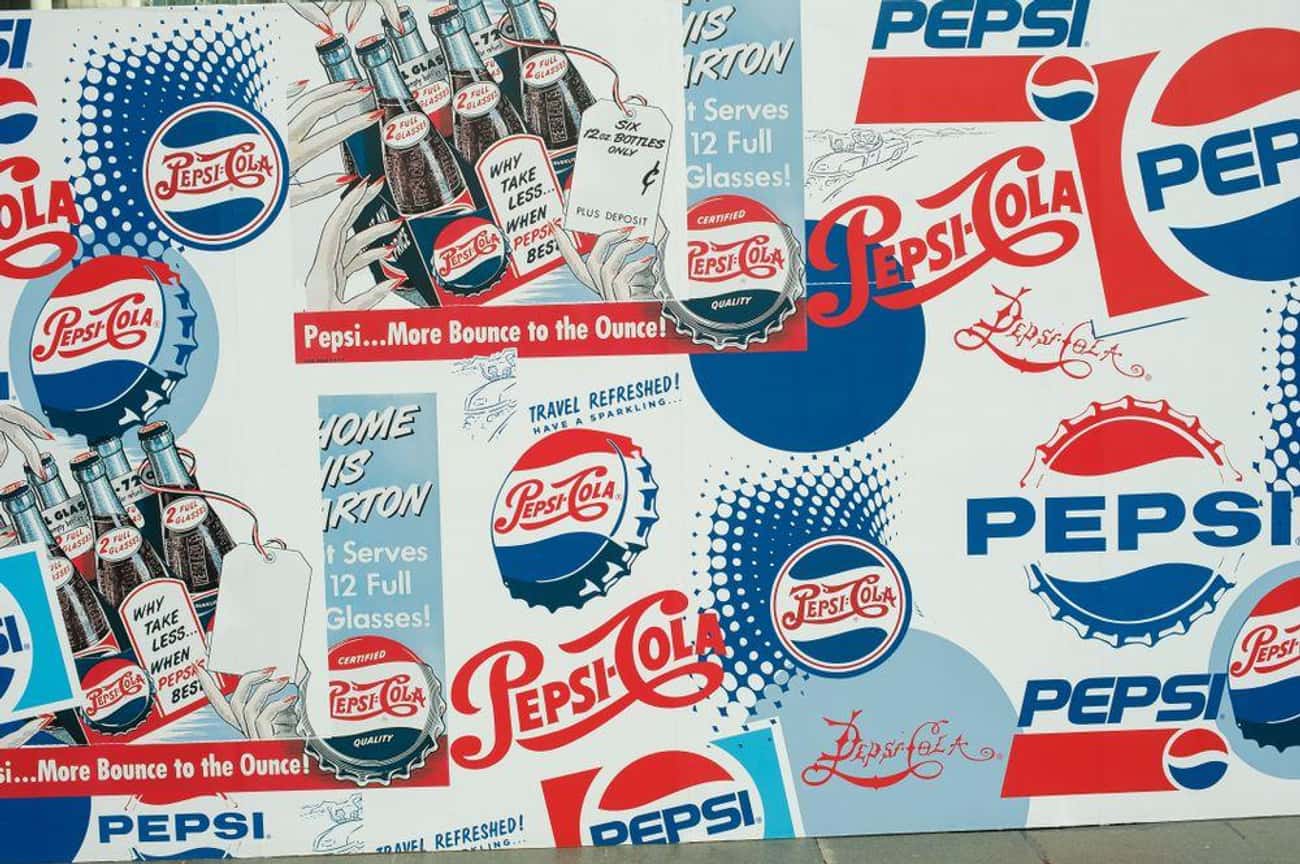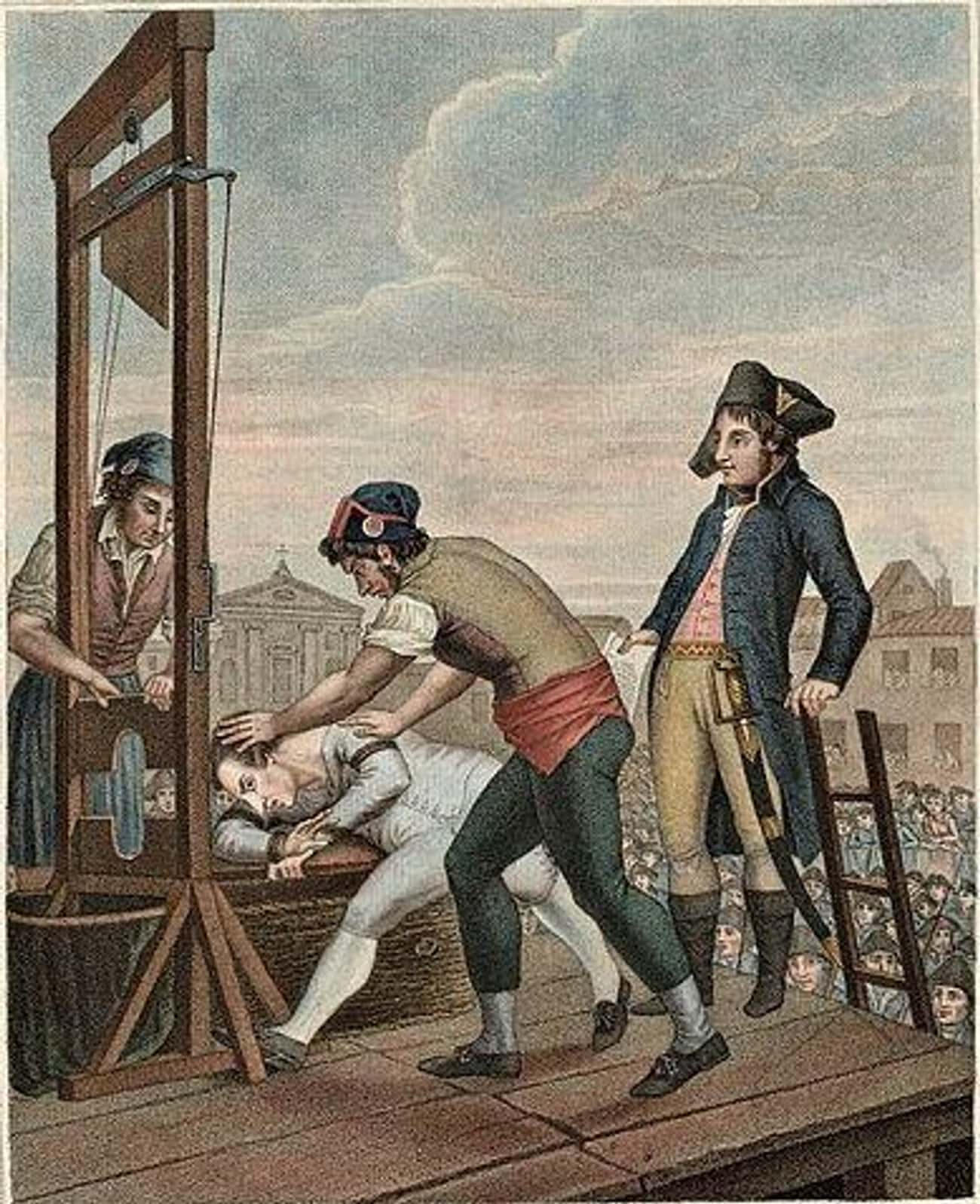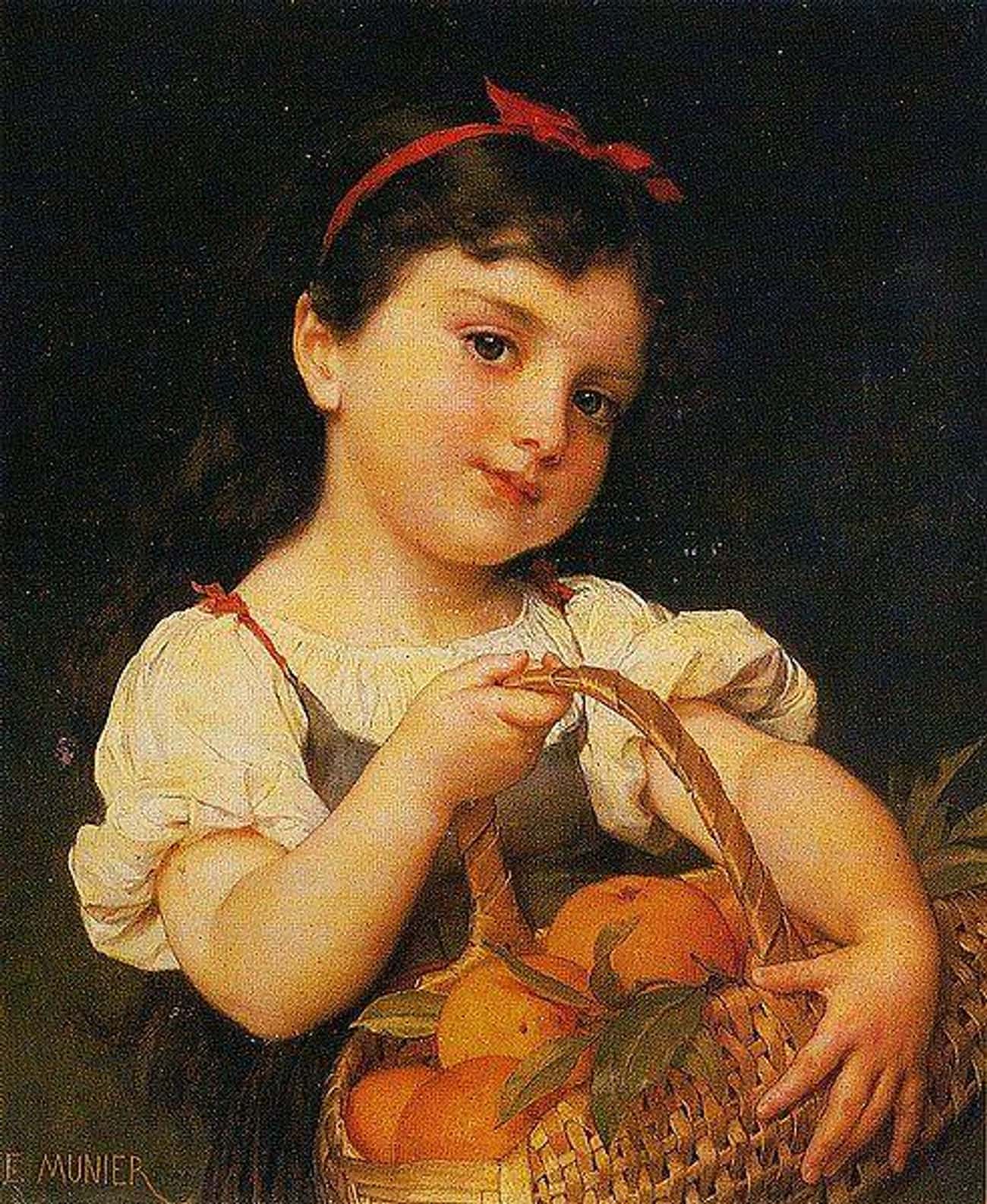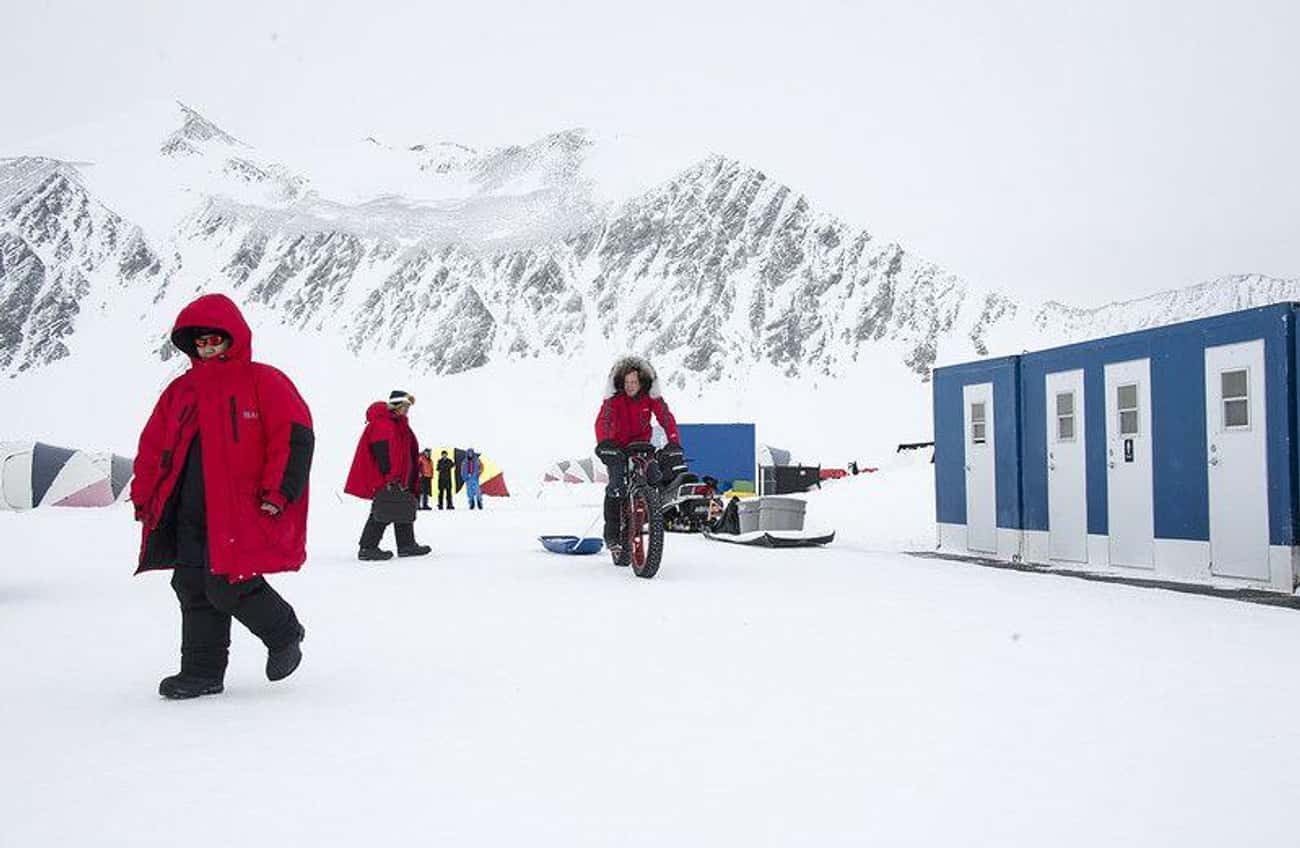Some “facts” about history are not true at all. Among the myths that might surprise you are the ones that say Edison invented the light bulb and that Napoleon was very short (both false). Or how about some science facts we learned in school, like the fact that the moon has a dark side?
And sometimes the opposite is true: something that seems like a lie turns out to be true. So don’t let anyone say you’re lying if you tell them one of these strange facts that are actually true.
Wounds That Occur During The Day Heal Faster Than Those That Happen At Night
When you hurt yourself again, try to do it during the day if you can. Scientists recently found that wounds heal noticeably faster during the day than at night. This is mostly due to the 24-hour cycle of skin cells called fibroblasts, which make room for new cells to grow.
The difference in time to heal was clear to see, and the study found that burns that happened during the day healed 11 days faster than those that happened at night.
Woolly Mammoths Were Still Living When The Great Pyramids Were Built
The last woolly mammoths on Earth lived on an island called Wrangel Island, which is far away from the rest of the world and is near Siberia. Even though they were a strange group (living on an island means a lot of inbreeding), they made it through the mass extinction of mammoths more than 10,000 years ago. Until about 2000 BCE, this group of mammoths lived on the island.
The Giza Pyramids were built about 4,500 years ago, which means that woolly mammoths did roam (a small part of) the Earth while the pyramids were being built.
The Coldest Temperatures Recorded In The Universe Occurred On Earth
If you had to guess, you might say that the coldest temperatures in the universe were measured on another planet, like Neptune, or far out in space. But the coldest temperatures ever recorded anywhere in the universe have been on Earth (in science labs).
For example, Canadian scientists working on a dark matter experiment put in a dilution refrigerator that reached 5.3 Millikelvins (just a hair above absolute zero). As an example of how cold that is, the coldest temperature ever measured in Antarctica was 184 kelvins, which is about -89 degrees Celsius or -128 degrees Fahrenheit.
The Blue Whale’s Throat Is Smaller Than Your Head
You don’t have to worry about getting eaten by a whale, but only if that whale is blue. Even though blue whales are the largest known living thing on Earth and have hearts as big as a car, their throats are only about 4 to 8 inches wide on average.
In comparison, a person’s throat is about 1 inch across. Because of this, blue whales eat mostly krill, which look like tiny shrimp, and tend to avoid eating people. Phew.
Rock Star Alice Cooper Babysat Keanu Reeves
Alice Cooper may not have read Keanu Reeves a story or made him mac and cheese, but the musician did watch over the future actor when he was young. How did this plan for caretaking come about? In an interview on The Tonight Show with Jimmy Fallon, Reeves said the following:
I grew up in Toronto and I lived on this street called Hazelton and there was a recording studio (near) there called Nimbus 9 and my mother was in costume design, she was in rock ’n’ roll, in the business, and they had friends and she had friends, and so Alice Cooper – I’m told – babysat me. I don’t know how that could possibly happen, but it did…
A Strawberry Is Not A Berry, But A Banana Is
Bananas are berries, but blackberries, strawberries, and raspberries are not. The reason has to do with how berries are defined by science. A fruit is a berry if it has skin on the outside (called the exocarp), a fleshy part in the middle (called the mesocarp), and two or more seeds inside (called the endocarp).
To be a berry, a fruit must also grow from a single flower with a single ovary. Strawberries, on the other hand, have flowers with more than one ovary. So strawberries aren’t real berries, but bananas, watermelons, kiwis, and eggplants all are (yes, eggplants are technically fruits).
When Harvard Was Founded, The School Didn’t Teach Calculus Because It Hadn’t Been Invented Yet
Harvard University is the oldest college or university in the United States. It was founded almost 50 years before calculus was invented. Harvard was founded in 1636, and its first graduating class was in 1642. This was before calculus was taught there.
Sir Isaac Newton and Gottfried Wilhelm Leibniz both came up with calculus on their own within a few years of each other. In 1684, Leibniz published a paper on calculus. Before calculus was taught consistently in higher education, it took many more years for these ideas to be fully developed and understood by the scientific community.
Pepsi’s Original Name Was ‘Brad’s Drink’
The drink that became known as Pepsi-Cola was first called “Brad’s Drink” after the pharmacist who got the patent for it, Caleb Bradham. Brad’s Drink was mostly sold at Bradham’s pharmacy for five years as a cure for upset stomachs and indigestion.
Bradham changed the name of the drink to Pepsi-Cola in 1898, after it became more popular. People think that the new name came from two of the original ingredients: pepsin, which is a digestive enzyme, and the cola nut.
The Last Official Execution By Guillotine In France Occurred In 1977
France stopped using the guillotine as a way to kill people in the late 20th century, after almost 200 years of doing so. You might think of the guillotine as a relic of the French Revolution, but it was used to kill people in public in France right up until 1939.
After that, executions were less public, but the guillotine wasn’t turned off for good until September 10, 1977, when Hamida Djandoubi was killed for killing his girlfriend. This was the year that the first Star Wars movie came out.
The Color Orange Was Named After The Fruit
It’s the old chicken-or-egg dilemma: Who came first, the orange color or the orange fruit? This riddle has a clear answer: the word “orange” comes from the name of a fruit that is red and yellow.
After the fruit got to Europe in the 14th century, the color that used to be called “red-yellow” or just “red” became known as “orange.”
A Scientist Stabbed His Colleague In Antarctica For Spoiling Books
No one likes spoiler alerts, but a scientist from Russia may have gone a little too far. Sergey Savitsky and Oleg Beloguzov were both on a research team at Bellingshausen Station in Antarctica. While there, they both liked to read books from the station’s small library.
But Beloguzov also liked telling Savitsky how things turned out. He stabbed Beloguzov in the chest. Maybe it was the cold or being alone that made him do it. Beloguzov lived, and Savitsky was sent back to Moscow to face his punishment.



